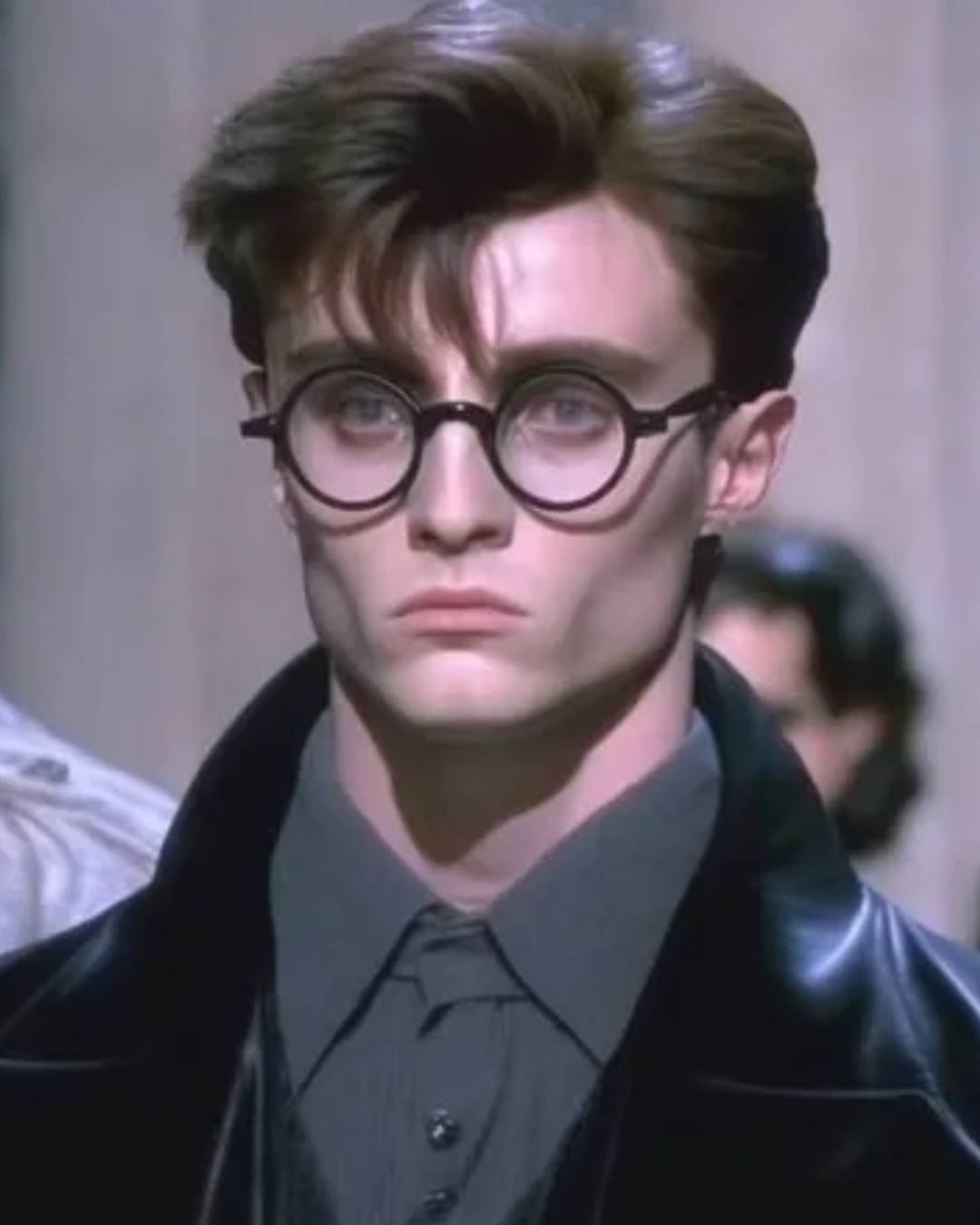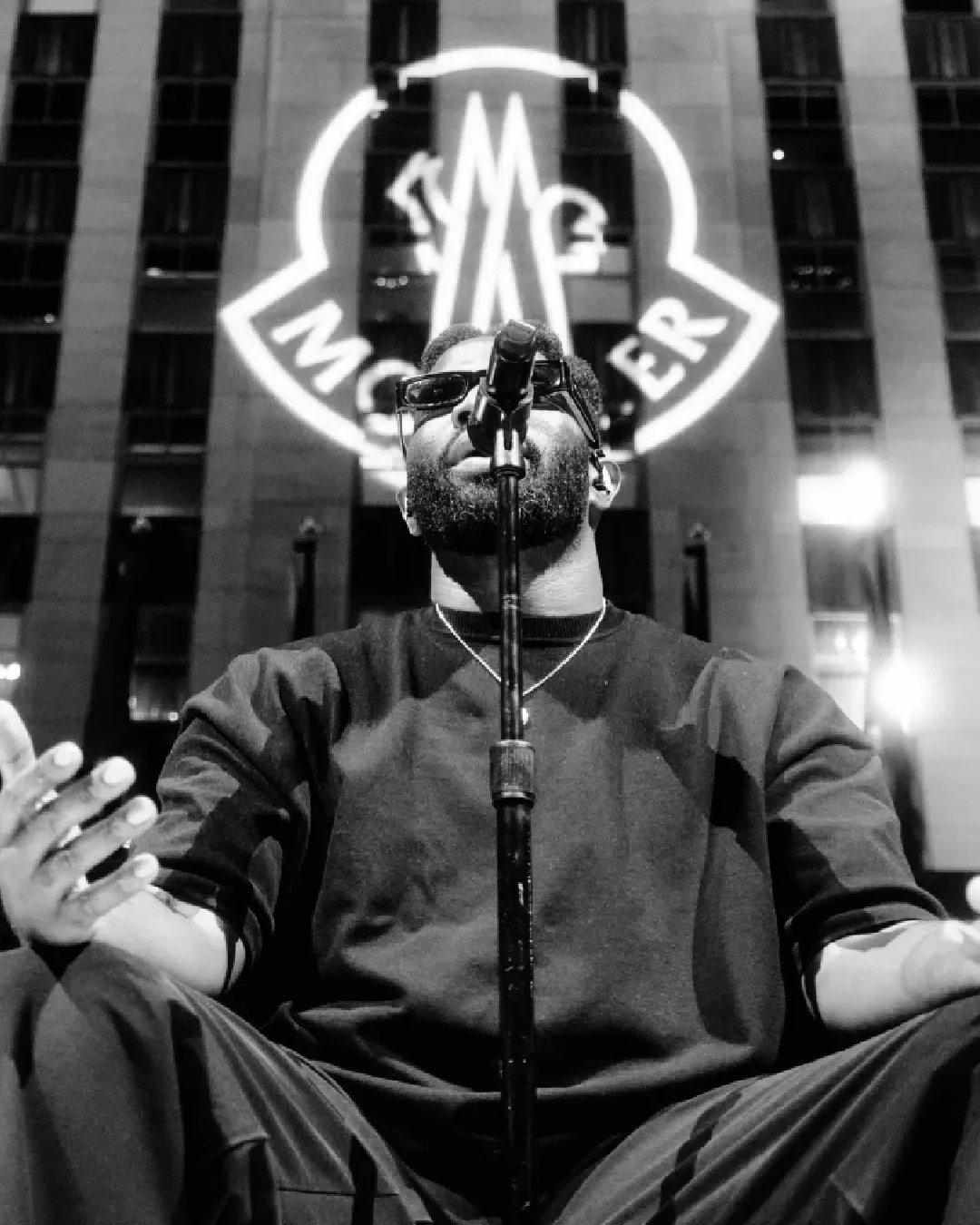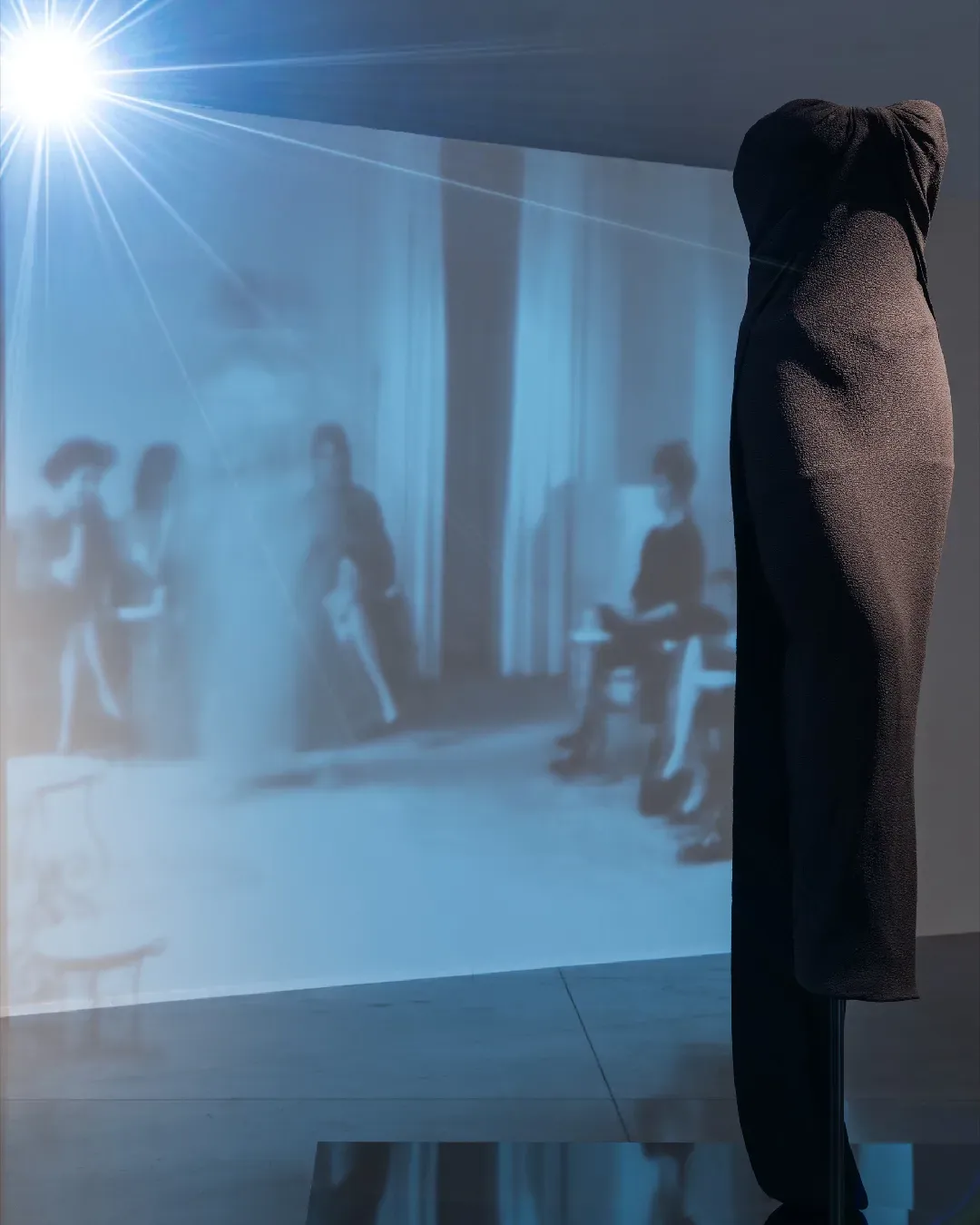
Should brands be afraid of AI-generated content? From the crossover between Balenciaga and Harry Potter to the Pope's Moncler puffer
Despite the efforts of brands to catalyze social media attention, from the robotic dogs of Coperni to the fake stuffed lion heads for Schiaparelli's Couture, the most viral moment of last season is neither a fashion show nor an advertising campaign, but above all, it is not the brainchild of any brand. Designed with the suggestion "Harry Potter but yassified", the video posted on Patreon by user demonflyingfox featuring digital actors in the film saga without a hint of buccal fat and wearing Balenciaga-inspired looks, has reached 5.9 million views. In comparison, the video of the FW23 fashion show on the brand's YouTube channel has only 2.6 million views. Similarly, images of the Pope in a white puffer inspired by Moncler have invaded Twitter, opening a debate on what it means for brands to become passive spectators of AI-generated products that exploit their brand, especially in a scenario where users seem to care less and less whether what they see is 'real' or not.
Recently, for example, Jacquemus posted a video on Instagram depicting colorful, mammoth bags on wheels - the antithesis of its small Chiquito bags. It turned out to be digital 3D renderings, many users couldn't understand it and others didn't care, but that didn't stop the content from garnering 1.2 million likes in just a few hours. As BoF points out, while AI is a great way to overcome the fashion system bubble and penetrate the mainstream through unusual content, at the same time the extreme accessibility of the tool generates a plethora of memes and mashups full of logos and monograms used strictly without consent. The situation is probably similar to what brands faced with the emergence of social media. Many feared ceding control of their image to bloggers and consumers who could wear their products and post their logos as they wished, but in the end, social media became one of the most popular channels for fashion to communicate with its audience.
Michael Miraflor, who worked in communications agencies before his current role as a chief brand officer at venture capital firm Hannah Grey, described Ai at BoF as "new territory". «Remember when Balenciaga did a collaboration with The Simpsons and how big the deal was? It probably took months of negotiation and creative work,' Miraflor recently tweeted, at the time it was crazy, but AI made this kind of mashup seem elementary? Normal? Expected? The targets have shifted». Also according to Miraflor, the AI video might not be that different from an influencer's post about a brand without the brand's direct involvement, but that's not necessarily a bad thing, especially considering that the most popular comments under the YouTube video of Balenciaga's FW23 catwalk all refer to the Harry Potter mashup. «I have to think that a lot of people who saw the Balenciaga Harry Potter mashup ended up doing further research on Balenciaga,» Miraflor said.














































